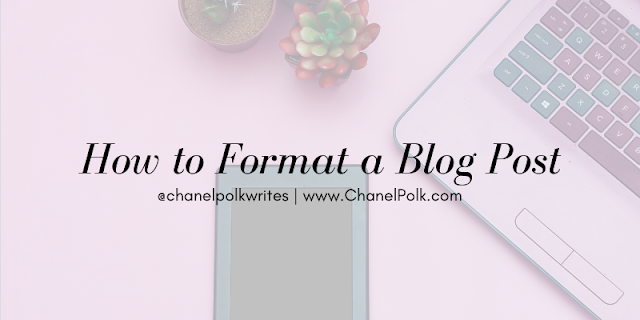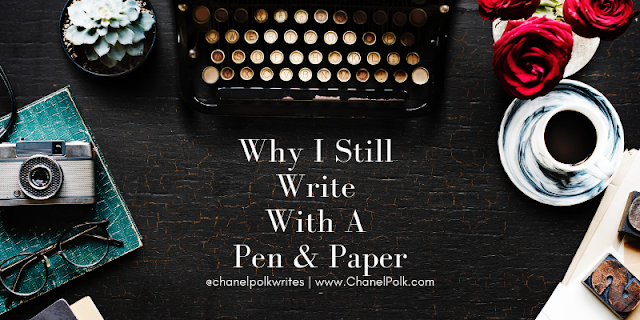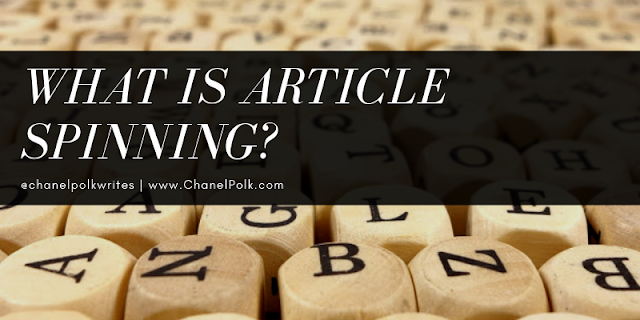How Search Engines Work & Why Good Content Rises to The Top

The way Google, the world’s most used search engine with nearly 4 billion searches per day, and other search engines work remains a mystery to many people who rely on them to deliver traffic to their websites and blogs. Let’s be honest. Search engines are complicated. They function with the use of complex formulas that most of us don’t fully understand. The good news is you don’t need a degree in computer science to understand the basics of how they operate.





